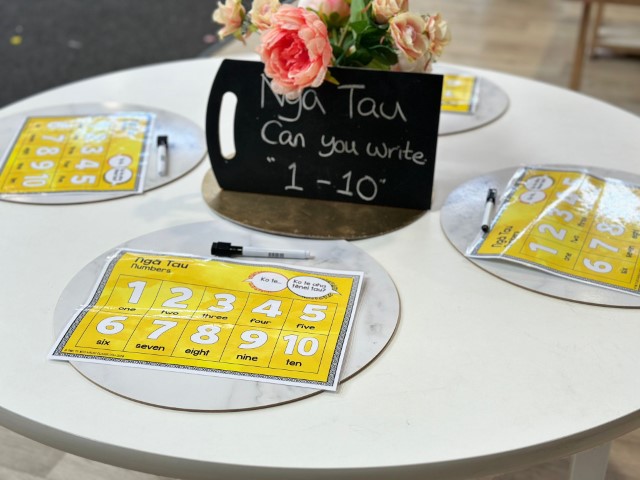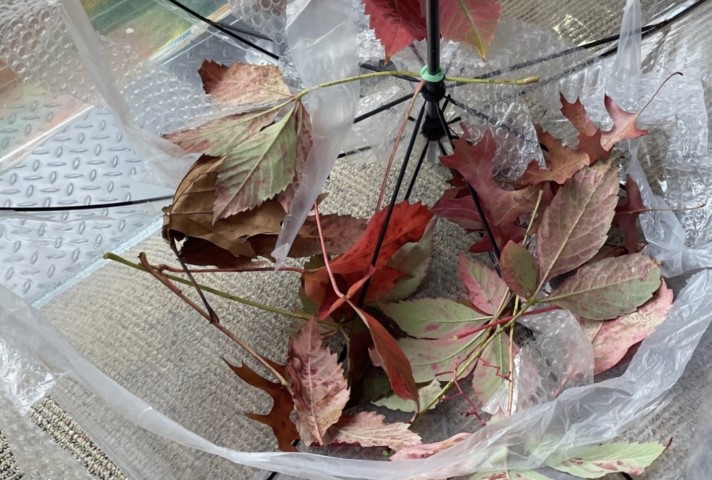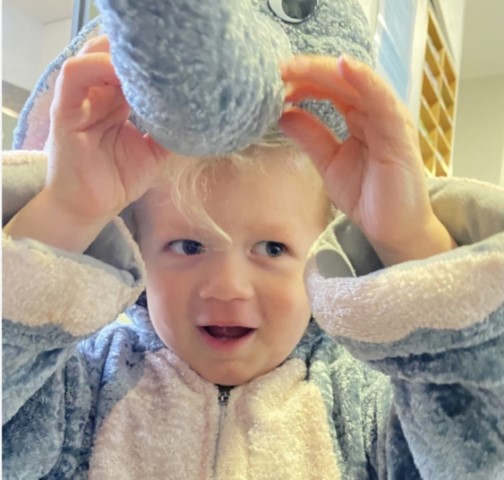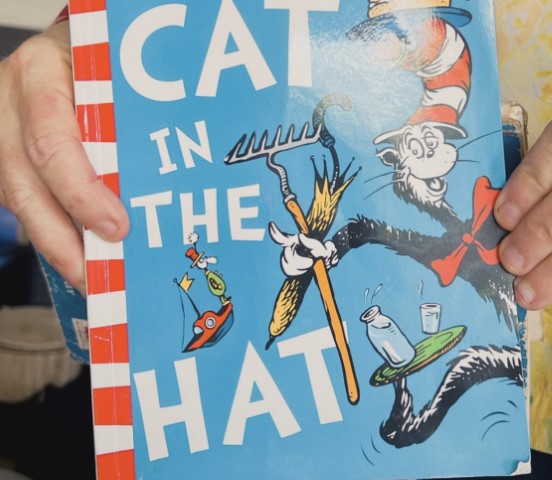LATEST STORIES
Our localised curriculum
Our local curriculum at BestStart Dilworth Ave provides weekly learning experiences from outside providers for children. One of the weekly learning experiences is performing art for our pre-schoolers 3-5 years old.
Through dance and drama, teachers integrate arts into the curriculum to help young children explore and learn. Through the teacher-in-role approach, children learn by engaging in dramatic, active play.
With this technique, the teacher brings the lesson to life and asks rich, open-ended questions that encourage children to apply critical thinking skills.
The teacher-in-role strategy challenges children to use creativity and critical thinking through dramatic play. Use this strategy to:
- Help children solve a problem (where there is more than one way to solve it)
- Ask intentional, open-ended questions to guide children’s exploration
- Create a safe environment in which failure and revision are part of the process Dance and drama as a teaching practice and learning mode offer further opportunities for emergent literacy learning.
During these classes, the teacher retells familiar stories whilst children dance their responses to certain parts of the story. Children are encouraged to use concepts and words from other situations/contexts (nature, home, cultures) and work with "dance" how these words feel and what they look like.
The weekly classes include the use of musical instruments, interesting props, sound effects, or recorded music to help children improvise movement to these auditory stimuli: using music/sounds that have a certain mood, you can explore different emotions through dance (happy, sad, angry, worried movements).
Children with the help of the teacher create improvised or rehearsed dances with children as representations of familiar books or stories (e.g., dancing the story: The Gruffalo or The Very Hungry Caterpillar by Eric Carle) and use body movements and shapes to recreate symbols from literacy (for example numbers, letters, words) place large material or foam shapes/letters down on the ground for children to dance their name (by jumping from letter to letter).
Dance makes meaning using the body as the instrument of expression and movement as the medium. In an educational context, dance offers children an opportunity to learn by involving the whole body in kinaesthetic exploration, cognitive processing, aesthetic experimentation and social engagement. - Deans, Meiners, Young and Rank (2017, p. 95)







